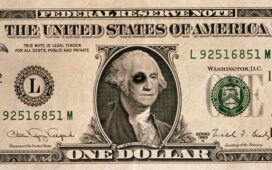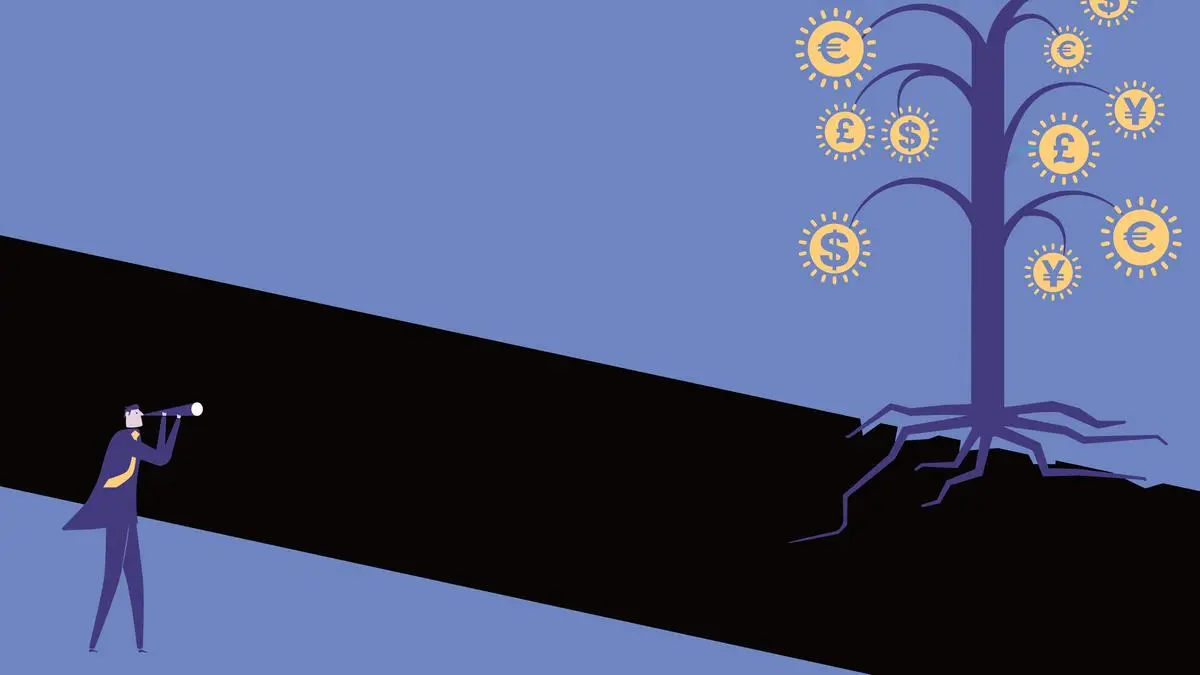RUB rankings provide crucial insights into the Russian Ruble’s performance on the global stage, impacting investors, traders, and economic analysts. This article explores the significance of RUB rankings, factors influencing its fluctuations, and the implications for international finance and investment strategies.

Understanding RUB Rankings
The Russian Ruble (RUB) rankings reflect its position and performance against a basket of global currencies. These rankings are essential for understanding the Ruble’s strength, stability, and overall health within the international financial landscape. They offer a snapshot of Russia’s economic status, influenced by factors such as oil prices, geopolitical events, and domestic economic policies.
Factors Influencing RUB Fluctuations
Several key factors play a pivotal role in shaping the RUB rankings:
- Oil and Gas Revenues: As a major exporter, Russia’s economy and the Ruble’s value are significantly influenced by global oil and gas prices. High prices can bolster the RUB rankings, while a slump can lead to depreciation.
- Geopolitical Tensions: Political events and sanctions can impact investor confidence and the Ruble’s position in global rankings.
- Economic Policies: The Central Bank of Russia’s monetary policies, including interest rate adjustments and inflation targeting, directly affect the RUB’s performance.
Implications for Investors and Traders
RUB rankings are more than just numbers; they offer vital cues for investment decisions. For investors in Russian assets or those engaged in forex trading, understanding the Ruble’s position can guide strategy development, risk assessment, and portfolio diversification. A stronger Ruble might signal economic stability and growth prospects, while a weaker Ruble could indicate underlying economic challenges or opportunities for currency traders.
Navigating RUB Volatility
The Ruble’s volatility, driven by external and internal factors, necessitates a strategic approach for those involved in the currency markets. Investors and traders can use RUB rankings as part of their analysis to hedge against risks or capitalize on currency movements. Tools such as futures contracts, options, and exchange-traded funds (ETFs) that focus on Russian assets can help manage exposure to RUB fluctuations.
The Role of RUB Rankings in Economic Analysis
Beyond trading and investment, RUB rankings offer valuable insights for economic analysis, helping to gauge the health of the Russian economy in relation to global markets. Analysts can evaluate the effectiveness of Russia’s economic policies, the impact of international relations on its economy, and the country’s resilience to global economic shifts.
Future Outlook of the Ruble
Predicting the future trajectory of the RUB rankings involves considering various dynamic and interlinked factors. While oil prices and geopolitical events remain critical, emerging trends such as digital currency initiatives, global trade shifts, and environmental policies will also play a role. Investors and analysts must stay informed and adaptable to navigate these evolving landscapes successfully.
Conclusion
RUB rankings are a critical tool for anyone involved in the global financial markets, providing insights into the Russian Ruble’s performance and broader economic indicators. By understanding the factors that influence RUB fluctuations and the implications for investment and economic analysis, stakeholders can make informed decisions. As global dynamics continue to evolve, keeping a close eye on RUB rankings will be essential for navigating the complexities of international finance and investment strategies effectively.





